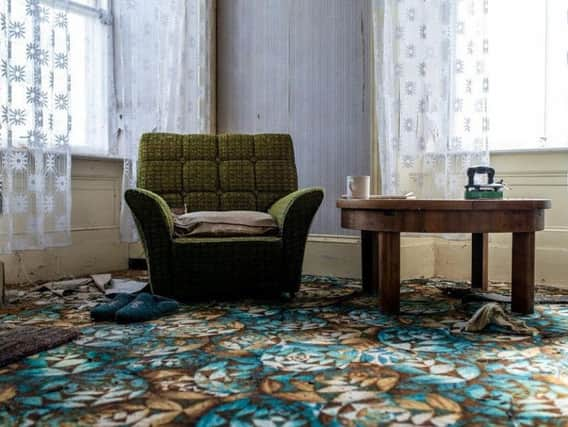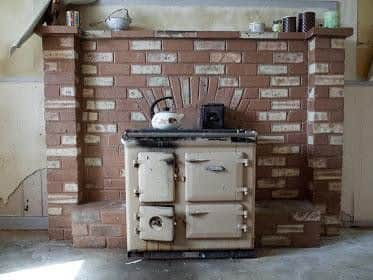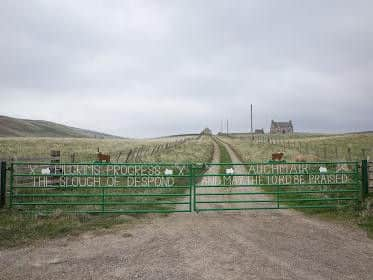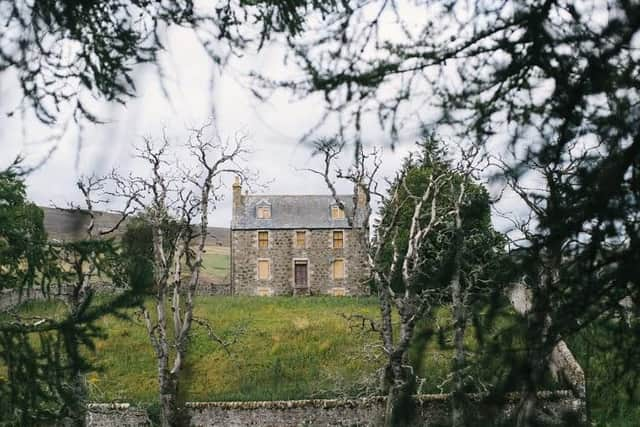How a community disappeared from one of Scotland's most remote landscapes


But at this house called Auchmair, where a piano stands silent under a gathering of dust, no one has called for a long time.
Auchmair is one of dozens of derelict and deserted buildings found in The Cabrach, a vast, empty and often haunting stretch of land found on the most northerly fringes of the Cairngorms.
Advertisement
Hide AdAdvertisement
Hide AdDefined by trees and shrubs on rolling hills to the north and a vast open heathery moorland with craigs to the south, The Cabrach in Moray is one of the most remote areas of mainland Scotland.


At one time, this farming community was home to around 1,000 God-fearing folk and their families. Today, only around 70 people remain.
He said: “In these derelict houses all over The Cabrach, there is still a feeling of life and a feeling of home but there is also this lingering feeling of a time that has been, a time that has past.
“Auchmair, where you find this pair of slippers, is almost like a film set. It is as if someone just got up and walked out. There is an eeriness. You can stand there and almost hear the garden gate being shut – but it is just the wind whistling through.”


Then there was the Great War, with some young men from The Cabrach known to have not even survived the training camps given their exposure to diseases – and the modern world – for the first time.
The Cabrach was regarded as an area where only the tough belonged and in the mid-19th century it was described as a place “so wildly desolate and inhospitably barren that nothing but the firmest nerve, urged by dire necessity, could ever induce a human being to traverse it,” according to an account.
Although residents were largely scattered through the farmland, the village of Bridgend had a shop, with its post and telegraph office, and a blacksmith. A library also served the community after 60 residents came together in 1815 to “bring the means of useful knowledge within the reach of themselves and others”.


Books covered divinity, history, agriculture, and geography “but no plays, novels, romances, or any other book, which has tendency to unsettle the faith or corrupt the morals of Christians shall ever be admitted,” the rules said. Another rule stated that members had to have an ‘orthodox’ observance of their faith.
Advertisement
Hide AdAdvertisement
Hide AdThis piety can still be evidenced today. At Auchmair, a wrought iron gate is fashioned with the words Pilgrims Progress, The Slough of Despond in reference to the deep bog in John Bunyan’s allegory in which the protagonist sinks under the weight and guilt of his sins.
Dr Bye-Jensen is due to document the history of each of the abandoned buildings in The Cabrach, which is around 10 miles long and eight-miles wide and owned by London-based financier Christopher Moran as part of his Glenfiddich and Cabrach Estate.
The Cabrach Trust is to create a £6.5m heritage centre that will showcase a working historical distillery and the story of illicit whisky distilling and smuggling. Dr Bye-Jensen said: “The memories of the past here are fragile and they could easily disappear. I am trying to distil the last vapours of Cabrach’s heritage – and save it for the future.”
